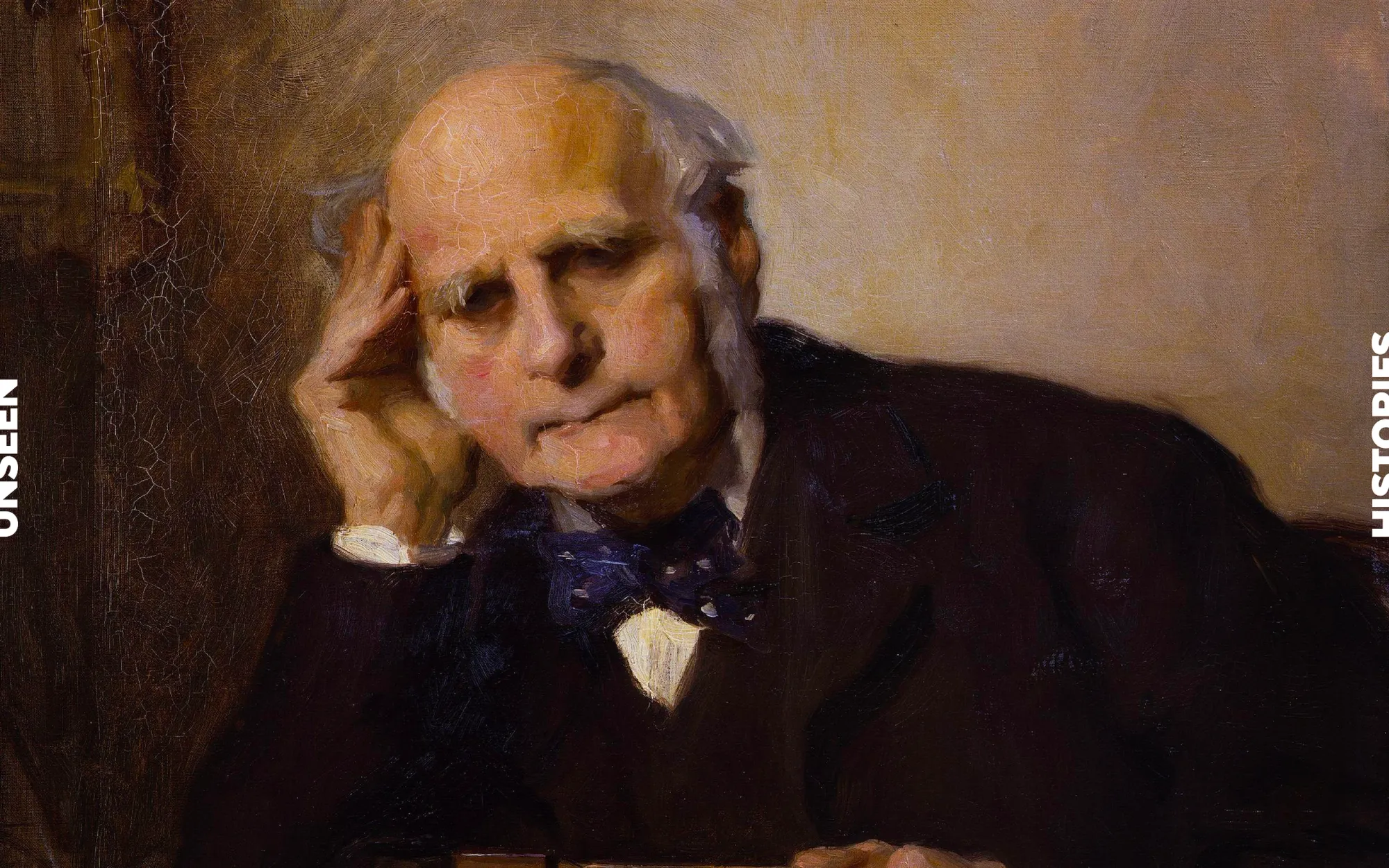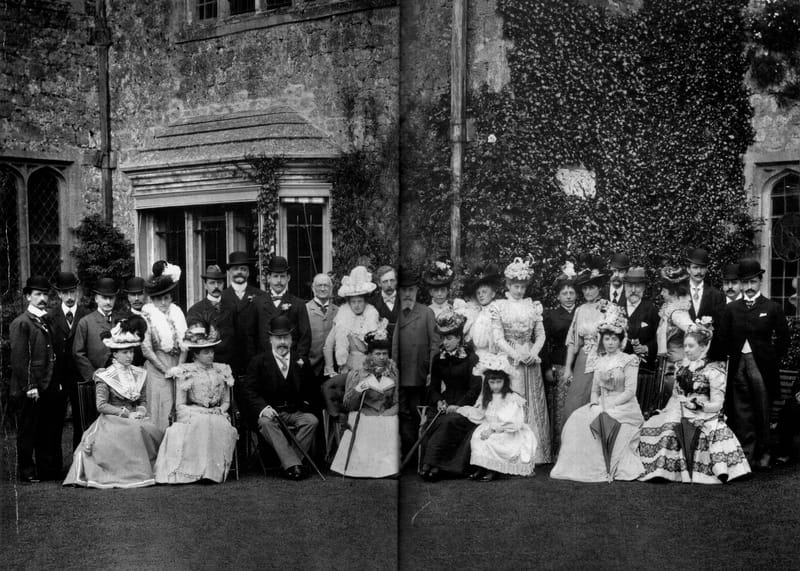The Disturbing Visions of Francis Galton
Gavin Evans, the author of 'White Supremacy' traces a racist ideology to its source
The publication of Charles Darwin's 'On the Origin of Species by Means of Natural Selection' in 1859 was a paradigm-shifting moment in the history of science.
One of those most deeply influenced by its argument was Darwin's half-cousin, Francis Galton. Galton was convinced that embedded within Darwin's book was a method for enhancing society.
Galton's vision of a society transformed by 'eugenics' was set out in a number of books in the late Victorian Age.
His ideas, as the author Gavin Evans explains in this article, set the platform for the decades of appalling racism that followed.

A century ago, in The Great Gatsby, F Scott Fitzgerald gave these words to his villain, the rich, careless bully Tom Buchanan:
‘Civilisation’s going to pieces. I’ve gotten to be a terrible pessimist about things. Have you read The Rise of the Coloured Empires by this man Goddard? The idea is that if we don’t look out the white race will be utterly submerged. It’s all scientific stuff; it’s been proved.’
Here Fitzgerald was referencing two of the most prominent eugenicists of his time – the IQ test promoter Henry Goddard whose book The Kallikak Family: A Study in the Heredity of Feeble-Mindedness was embraced by the Nazis and the author Madison Grant, whose book The Passing of the Great Race was a particular favourite of Adolf Hitler’s.
By then eugenic beliefs were ubiquitous in the United States and throughout Europe – but it all started 50 years earlier with the writing of Charles Darwin and his half-cousin Francis Galton.
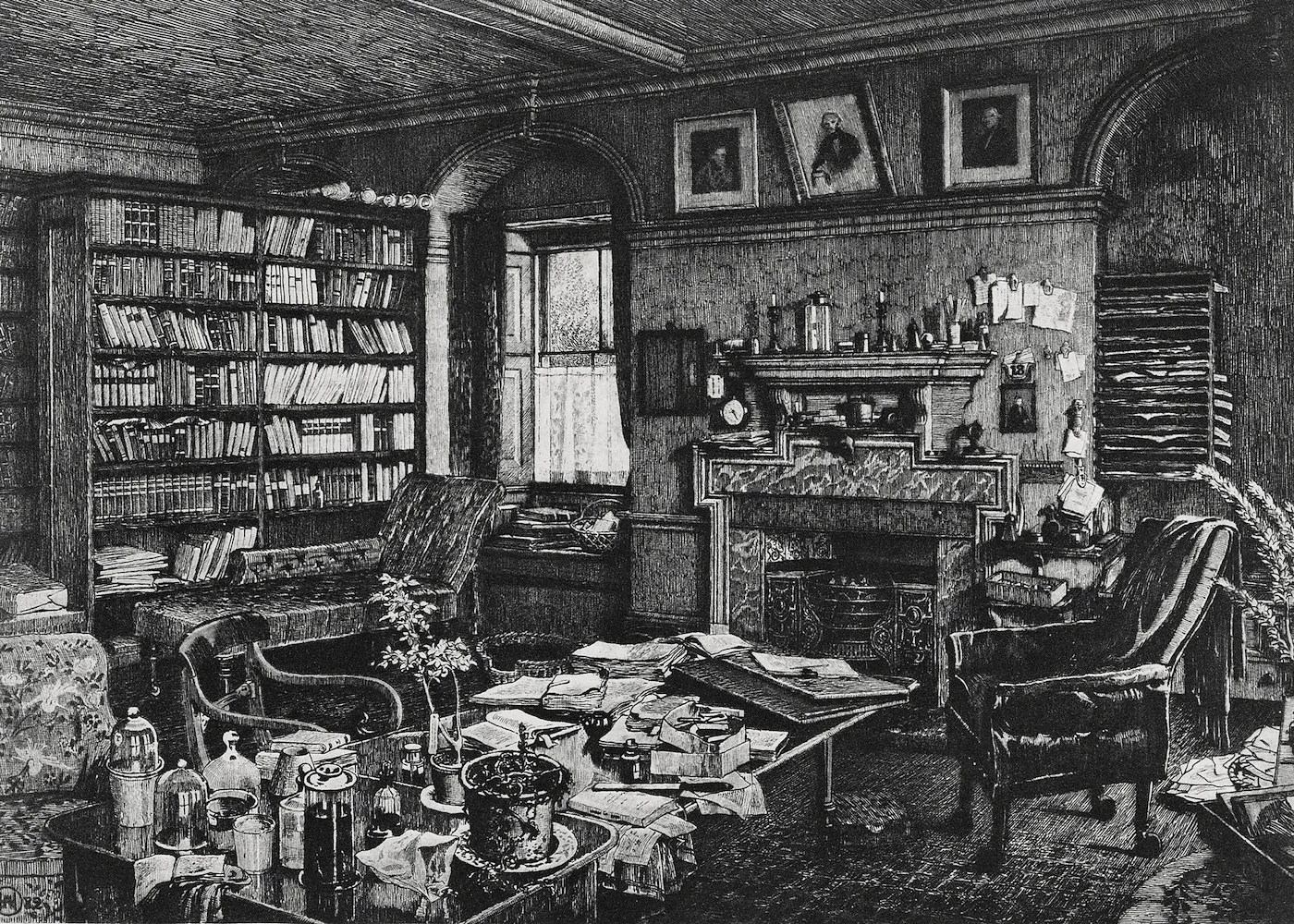
Darwin is rightly praised for his humanism and his recognition that the roots of humanity were found in Africa. But he also absorbed the ‘scientific’ racism that flourished in the second half of the 19th century.
In The Descent of Man (1871), he wrote that the ‘lower races’ represented ‘a past and lower state of civilisation’. He said the mental characteristics of black people were ‘very distinct; … partly in their intellectual faculties’.
‘Civilised races’, he said, were superior to ‘savage races’ and would ‘exterminate or replace them’, adding: ‘The break will then be rendered wider for it will intervene between man in a more civilised state … than the Caucasian and some ape as low as a baboon, instead of as at present between a negro or Australian and a gorilla.’
Darwin proposed that something should be done to ensure the human stock did not deteriorate, complaining that ‘weak members of civilised societies propagate their kind’, and that this was ‘highly injurious to the race of man’.
Galton, who was a decade younger than Darwin, ran with his cousin’s ideas. He wrote in Hereditary Genius (1871) about the superiority of Europeans over ‘lower races’, describing black people as being ‘so childish, stupid and simpleton-like as frequently to make me ashamed of my own species’. He placed native Australians at the bottom of his ‘ablest’ table – ‘the Australian type is at least one grade below the African negro,’ he wrote.
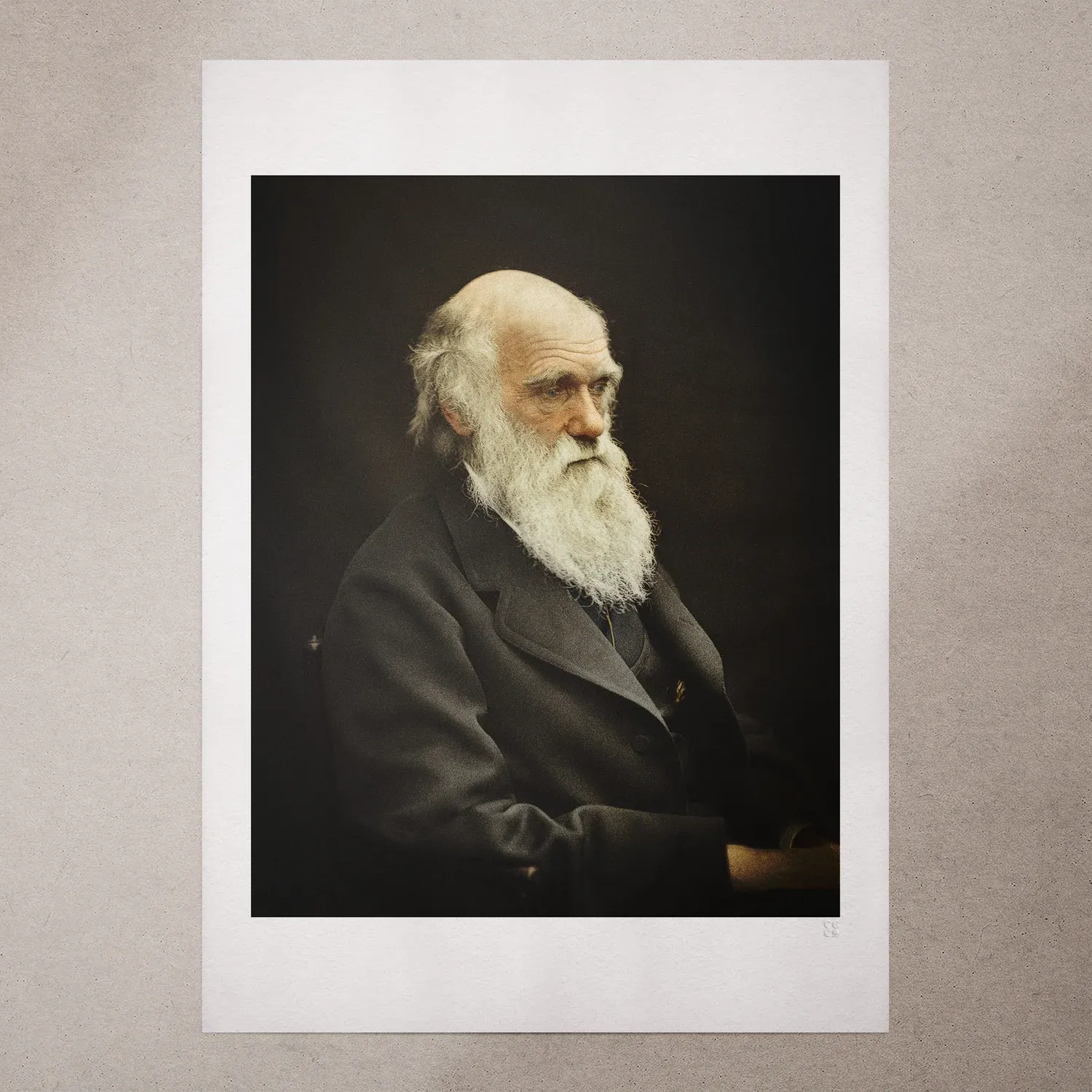
Charles Darwin, 1874, Colorized
Remaster & Colorization: Jordan J. Lloyd
Archival Giclée Art Print
Galton was captivated by On the Origin of Species (1859), including its opening chapter’s account of breeding livestock to enhance traits. He applied this to people, reasoning that humans could be bred like other animals and in 1883 coined the term ‘eugenics’ (from the Greek words for ‘well’ and ‘born’), which involved ‘the science of improving the stock’ so as to ‘give the more suitable races or strains of blood a better chance of prevailing speedily over the less suitable …’.
Galton advocated offering incentives to encourage able people to have more babies. But for those less able he preferred extinction, hoping colonialism would do the ‘necessary job of replacing them with their betters because they would stupidly fail to submit to the needs of a superior civilisation’.
This prospect did not faze him: ‘There exists a sentiment, for the most part quite unreasonable, against the gradual extinction of the inferior race.’ He proposed the Chinese should migrate to Africa to displace the ‘inferior’ Africans.

So, right from the start, eugenics was bound up with race in its drive to eliminate what was seen as physical and mental weakness and promote strength. Galton campaigned to have his ideas turned into policies, writing scores of papers on eugenics, making speeches and delivering lectures. His ideas spread rapidly.
In 1912, the First International Eugenics Congress, held in London, was dedicated to Galton, who died the previous year and chaired by Darwin’s son, Leonard. Among the 400 delegates was Winston Churchill, who believed the ‘feebleminded’ were polluting the population.
As home secretary Churchill promoted a plan to forcibly sterilise 100,000 ‘mental degenerates’. When this was blocked, he backed the 1913 Mental Deficiency Act, which established that those defined as ‘idiots’ or ‘imbeciles’ could be placed in an institution against their will at the prompting of parents or guardians. This became law for 46 years and led to the enforced confinement of tens of thousands of people.
Churchill’s views on race were no less rabid than Galton’s. In 1902 he called for further colonial conquests because ‘the Aryan stock is bound to triumph’. After the First World War he wrote in favour of using poison gas on ‘uncivilised tribes’ to ‘spread a lively terror’.
Kenyans were ‘brutish children’, Palestinians, ‘barbaric hordes who ate little but camel dung’ and Indians ‘a beastly people with a beastly religion’. He added: ‘I hate Indians’. On ‘Red Indians’ and black people in the US and Australia he said in 1927: ‘I do not admit that a wrong has been done to those people by the fact that a stronger race, a higher grade race … has come in and taken their place.’ In 1954 he said: ‘I hate people with slit eyes and pigtails. I don’t like the look of them or the smell of them.’
Support for racist eugenics by Churchill and others is often excused as being ‘of their time’ but there were also prominent anti-racist and anti-eugenics voices.
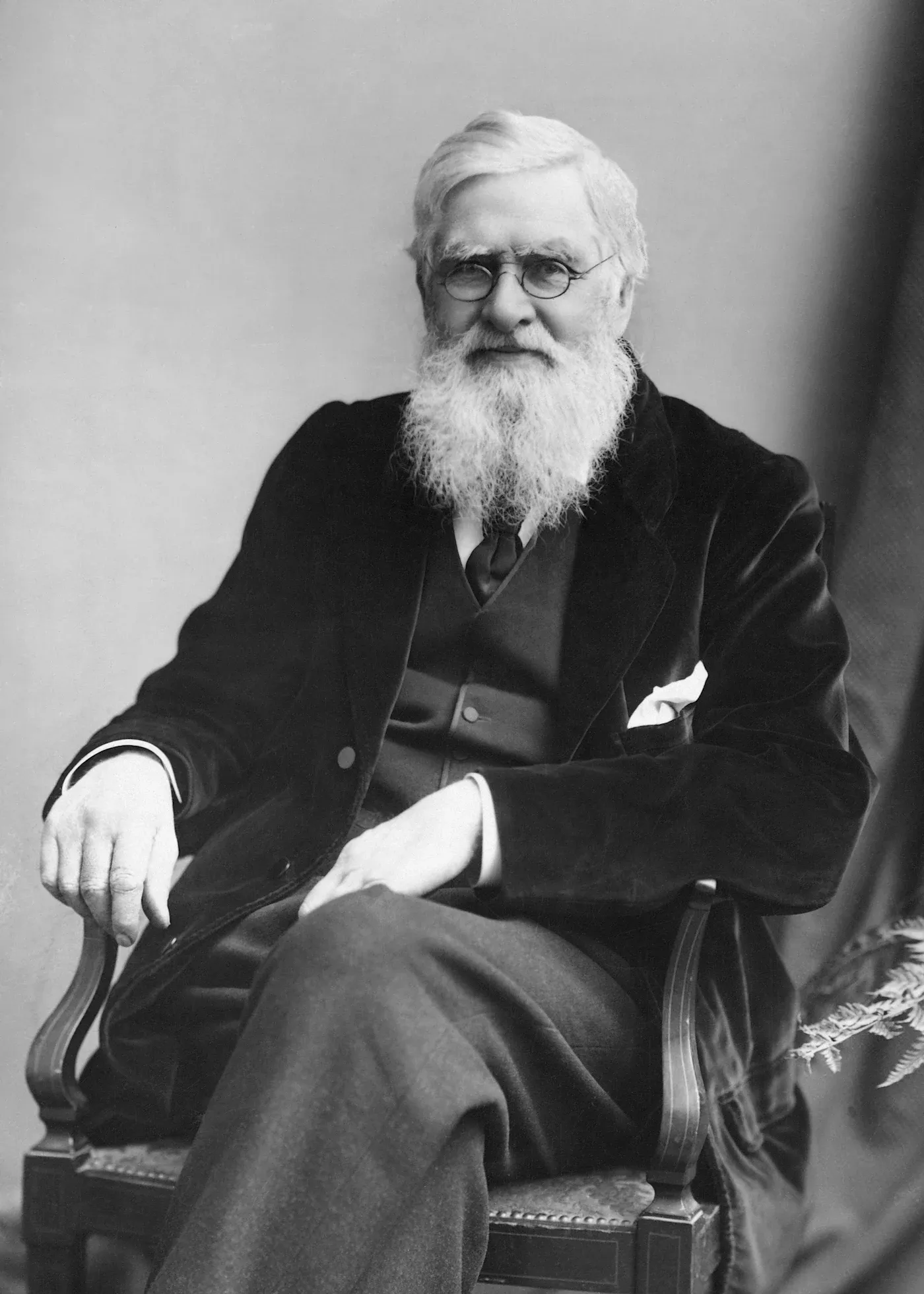
An early opponent was Alfred Russell Wallace, co-founder of the theory of evolution by natural selection, who argued that society was too corrupt and unjust to decide who was fit or unfit.
Wallace wrote in 1890: ‘Those who succeed in the race for wealth are by no means the best or the most intelligent.’ Later he advised eugenicists: ‘Leave heredity alone until we have made the environment of every child from conception to death the best possible for its full and free development, and then we can begin to think about the influences of heredity, which may be small.’ He added that it was ‘unmitigated humbug to talk about hereditary class distinctions being rooted in nature. An individual is, of course, a product of nature and nurture, but it is one-tenth the former and nine-tenths the latter.’
And throughout his life he opposed racism, writing in 1913, shortly before his death, that he had found ‘no marked superiority in any race or country’.
Later prominent opponents of both eugenics and racism included the great geneticist J.B.S. Haldane and the novelist H. G. Wells, whose volte face on the issue was prompted by spending time with the black American author and former slave Booker T. Washington.
But eugenics flourished, spreading quickly to the United States where it led to an estimated 60,000 forced sterilisations, only ending in 1981, when the last forced procedure was carried out in Portland, Oregan.
American eugenics also contributed to laws banning inter-racial marriage and to immigration quotas that kept Jews and Slavs, as well as black and brown people, out of the country, based on lower average IQ scores. It deeply impressed the Nazis (who carried out at least 400,000 forced sterilisations by 1939), and the practice also spread to Japan, Denmark and Sweden.

This might feel like the sad folly of a distant past but in recent years several of its tenets have returned in the public discourse. The idea behind ‘The Great Replacement’, a conspiracy theory that was once the preserve of the far right but has now become more mainstream, is that there is a plot by elites to replace white populations by Hispanics and African Americans (in the US) or Muslims (Europe) – through ‘outbreeding’ whites, immigration and inter-marriage. All of these were concerns of the early eugenicists.

Such ideas have been behind the mass murders committed by mainly young white men, armed with assault rifles, against African American, Hispanic, Asian, Sikh and Jewish groups over the past decade. One of those killers was the 18-year-old Payton Gendron who on 14 May 2022 murdered ten black people at a supermarket in Buffalo, New York.
Gendron, who was influenced by the message board site, 4-chan, wrote in his ‘manifesto’: ‘There I learned through infographics, shitposts, and memes that the White race is dying out, that blacks are disproportionately killing Whites … and that the Jews and the elite were behind this.’
He realised he could no longer ‘accept our genocide’ and that he would ‘have to take the fight to the replacers myself’ – a view that would have brought a smile to the face of the fictional Tom Buchanan and the all-too-real Francis Gallton. ■
Gavin Evans grew up in South Africa and was intensely involved in anti-apartheid activities in the 1980s. He is an established authority on the history of race science and discrimination and lectures at Birkbeck, University of London.
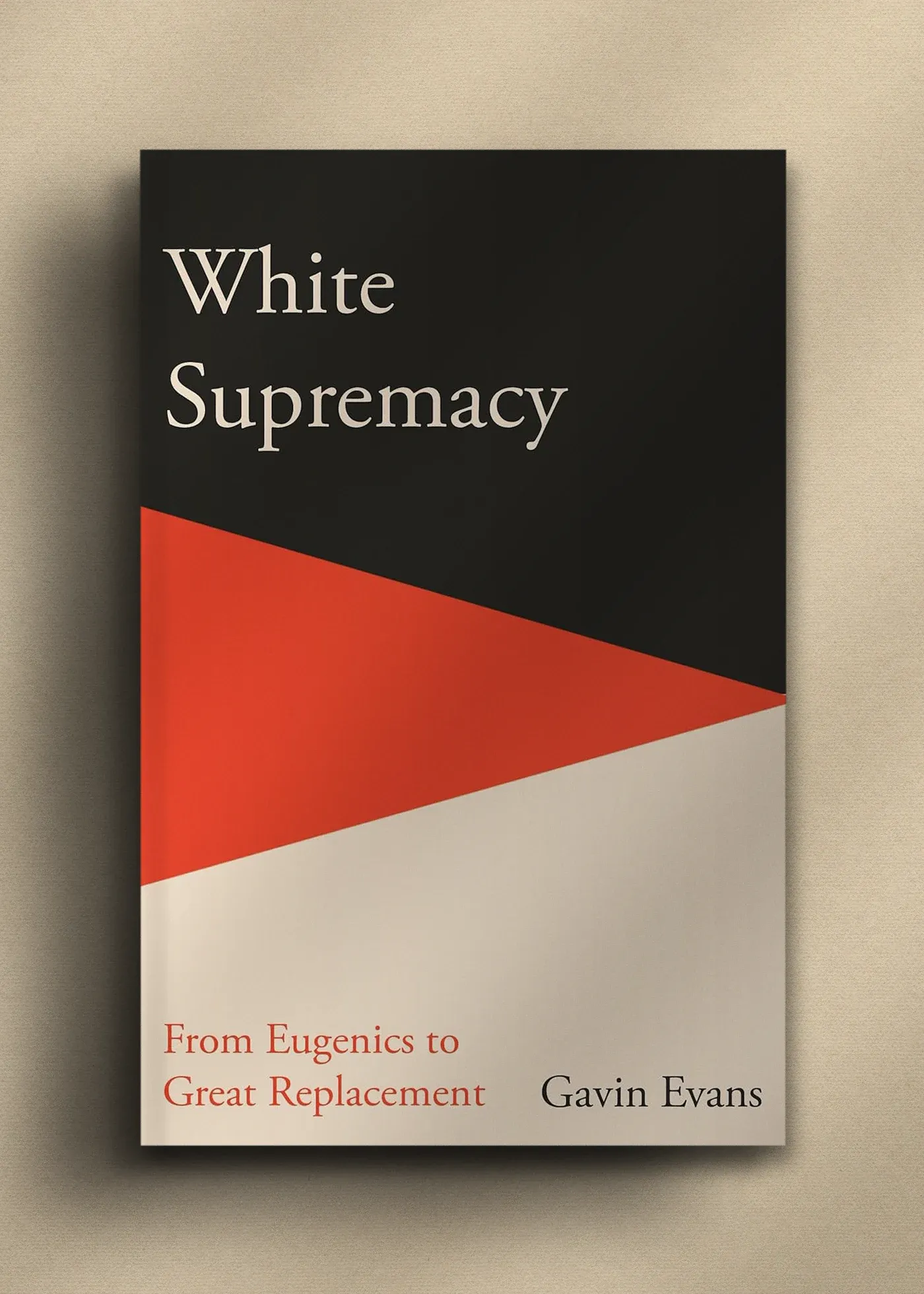
White Supremacy: From Eugenics to Great Replacement
Icon, 10 October, 2024
RRP: £12.99 | 192 pages | ISBN: 978-1915563040
Buffalo, New York, 2022. Ten black people murdered. The killer, 18-year-old Payton Gendron, says he was driven by 'Great Replacement' - the conspiracy theory that a Jewish-led elite is replacing white people with black and brown people. This, and a spate of similar hate crimes, begs the question: what are the origins of such behaviour?
Gavin Evans traces the historical roots of white supremacy. He begins in the 19th century with Charles Darwin and his cousin Francis Galton's race-based theories before looking at the spread of eugenics ideas throughout the UK, Europe and the United States, their Holocaust-prompted decline after the Second World War, and their revival in a different guise through the promotion of race science from the late 20th century. Evans also examines the hatching of 'Great Replacement' conspiratorial ideas in the 21st century - and their expression via alt-right forums to the minds of troubled young men with access to assault rifles.
White Supremacy breaks new ground in showing the links between mainstream 'Replacement Theory' and the terrorist version cited by far-right killers. It also traces the thread between these ideas and the race science promoted both by the far right and establishment figures. It looks at what these ideas have in common with those promoted by, for example, the founder of eugenics.
"White Supremacy is a meticulous and enlightening march through the history of racial pseudoscience and a deep investigation into how and why it continues to have salience to millions today." Mike Wendling, author of Day of Reckoning: How the Far Right Declared War on Democracy

Additional Credit
With thanks to Rhiannon Morris

